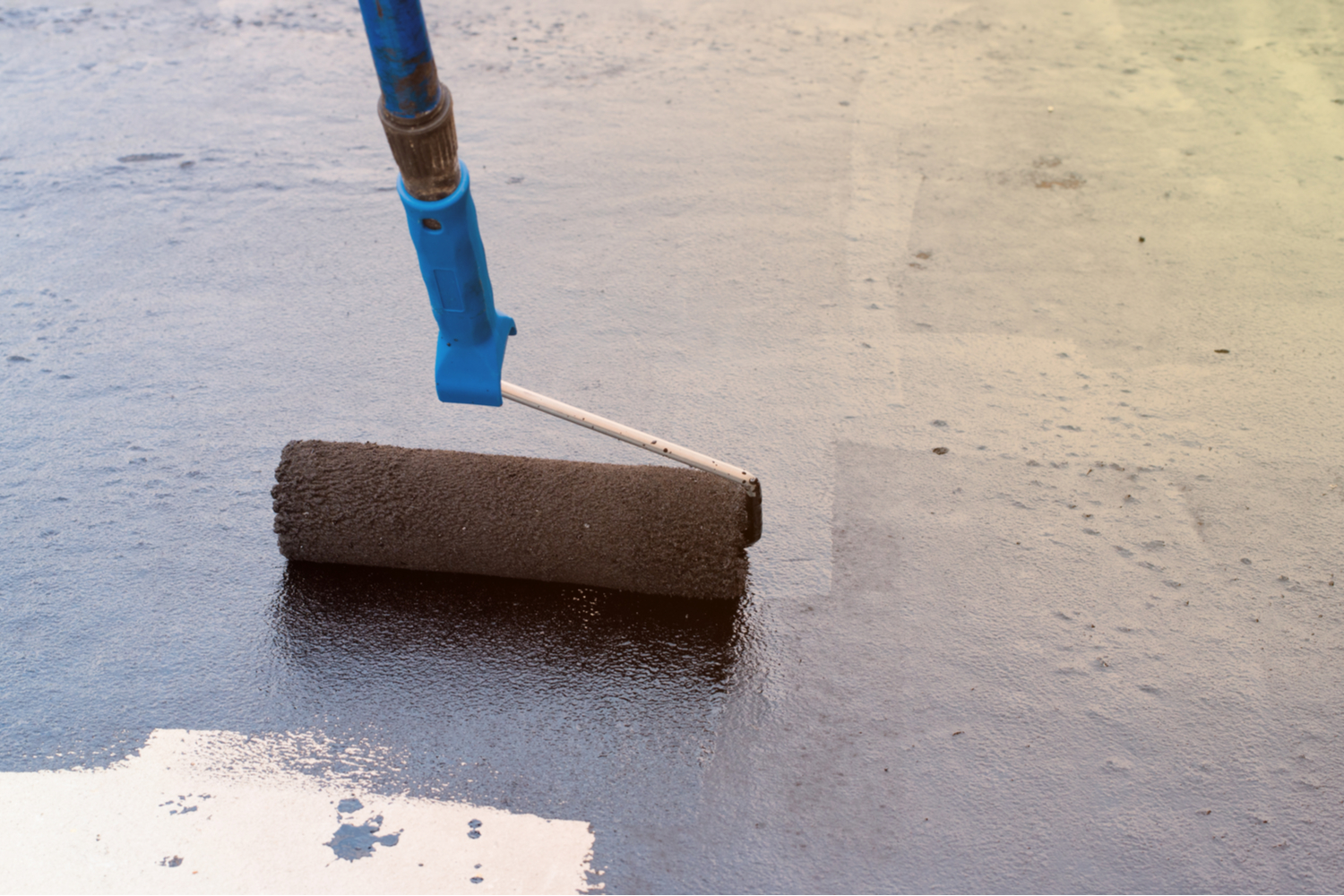Uncontained water in a basement or lower level can be a homeowner’s worst nightmare. Waterproofing your basement is critical to maintaining a healthy home environment and preventing structural damage. You are not alone if water damages your basement. Reports show that 98% of basements in the United States will suffer some type of water damage at least once during their lifetimes.
Approximately 14,000 people experience a water damage emergency each day. The average cost to remediate the damage to a home is just under $7,000. So you can see why waterproofing your basement is such an important task. And it doesn’t take a flood for water damage to occur. A small leak over time can be just as devastating.
Benefits of Waterproofing
We already stated that water damage happens more often that you think and the results can be rather costly. So any actions you can take to waterproof your basement will be actions well taken and money well spent. Performing a few simple waterproofing tasks can help prevent the following:
- It will help you to save money on an insurance claim. It can also prevent you from losing or having damage done to personal items stored in your basement like books, photographs, and electronics.
- It can head off flooding from heavy rains or slow leaks that may enter though cracks or gaps in your home’s foundation.
- It will protect your home’s healthy environment and keep mold from growing. Mold can develop in as little as 24-48 hours if conditions are right.
- Your concrete basement floor is only 4”-5” thick. Hydrostatic pressure can cause the concrete subfloor to crack.
- Even if your sump pump is in fine working condition, a large, sudden influx of water can overwhelm it.
Mold is Looking for Some Place to Grow
Anytime water gets into a home and goes unnoticed or unchecked for even a short period of time, mold can begin to grow. Regardless of how clean you keep your home, mold is already inside. It comes in through open doors and windows, on your shoes and clothing, on other family members, and can even be carried in by or on your pets. If the mold spores land on wet, organic materials they can begin to grow. And it only takes 24-48 hours, depending on the conditions, for any mold to begin growing.
The Environmental Protection Agency (EPA) warns us the exposure to mold can cause negative health effects in people who are considered sensitive to it. Symptoms can include coughing, sneezing, itchy eyes, skin rashes, and fatigue. The reactions to mold exposure can be even worse for people who have any type of immune deficiency caused by things like chemotherapy or HIV/Aids treatments. Young children, pregnant women, and senior citizens are also included in this higher risk group.
5 Ways to Waterproof Your Home
There are some relatively easy things that you can do to help waterproof your home. They come with no guarantee, but they can make your life more comfortable in the long run.
Roof – your first line of defense against water damage. Start by making sure that everything that protrudes from your roof, chimney, plumbing stacks, and skylights have a good watertight caulking seal. The seals can crack over time. Look to see that there are no cracked or missing shingles
Foundation – as the dirt around the foundation freezes and thaws it will shift. This earth movement can cause cracks in a foundation. Every crack should be addressed and patched with a concrete patching compound. If you have a sump pump, test it monthly by dumping a 5-gallon bucket of water into the pit. The pump should turn on and quickly empty the pit. If in doesn’t, replace it as soon as possible.
Gutters – the gutters on your house are there to collect and move rainwater away from you home and foundation. They need to be firmly attached to the house and kept free of obstructions so that water flows freely through them. Downspouts also need to be kept cleared so that the rainwater is directed away from the foundation. You can check for obstructions by using a garden hose to run water down the gutters and downspouts. It is a good idea to clean your gutters near the of fall when the leaves are all down and again before any heavy spring rains.
Exterior Walls – inspect the outside of your home for any missing or damaged siding. Missing or damaged siding can be an entry point for water.
Windows & Doors – windows, doors and the materials around them can swell and shrink during seasonal temperature changes. This movement may cause gaps to appear around your windows and doors. If you find any gaps, seal them with a new bead of silicon caulking.
Insurance Claims
Almost anytime water enters an insured dwelling, homeowner’s insurance will help cover the damage. The water intrusion has to be what the insurance industry considers “sudden and accidental”. Floods from lakes, creeks, oceans, and rivers are not covered by a standard policy.
A quick way to determine if the water intrusion is a covered loss is determined by how the water entered the home. Other than broken pipes, if the water came “down” the damage should be covered. If the water flowed across the ground, as in a flood, the damage will probably not be covered. Tall to your insurance agent for more specific information.
Professional Assistance
Water Mold Fire Restoration, 800-905-0277, is the best company to call if your home is damaged by water or mold. We are staffed by nationally certified water and mold damage technicians with years of experience. We can be reached 24/7 and we can have our specialists at your home within an hour of your call. Please understand that in times of disaster, it may take us longer to get to your home, but we will provide you with our best estimate of how long it may take. If you are looking for more information about water damage or mold remediation you also contact us by email at help@watermoldfire.net.








